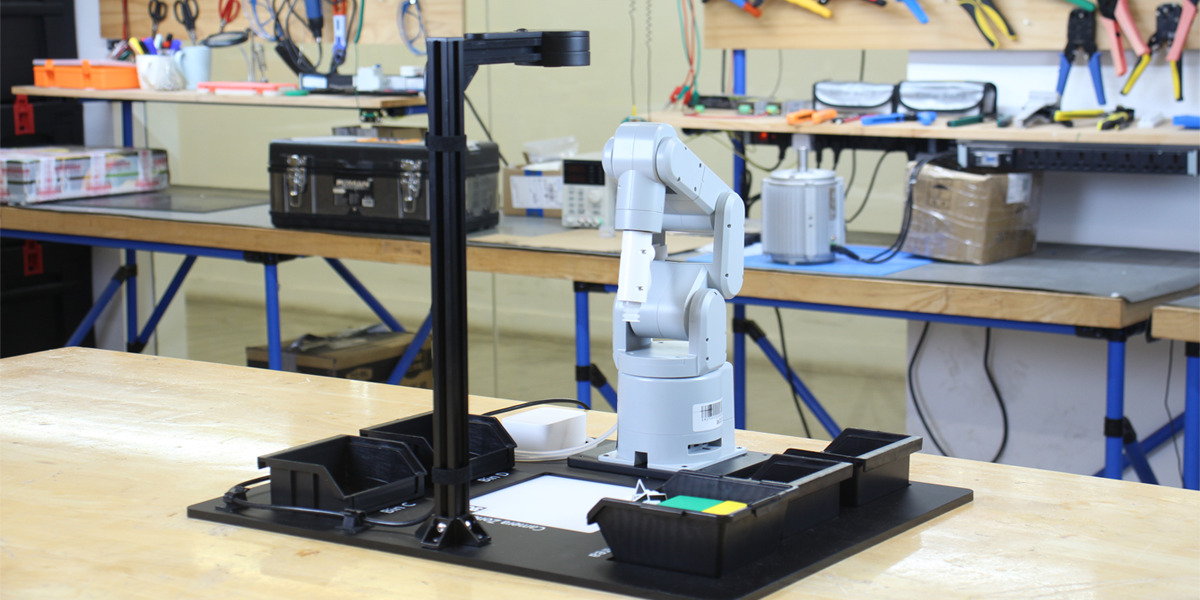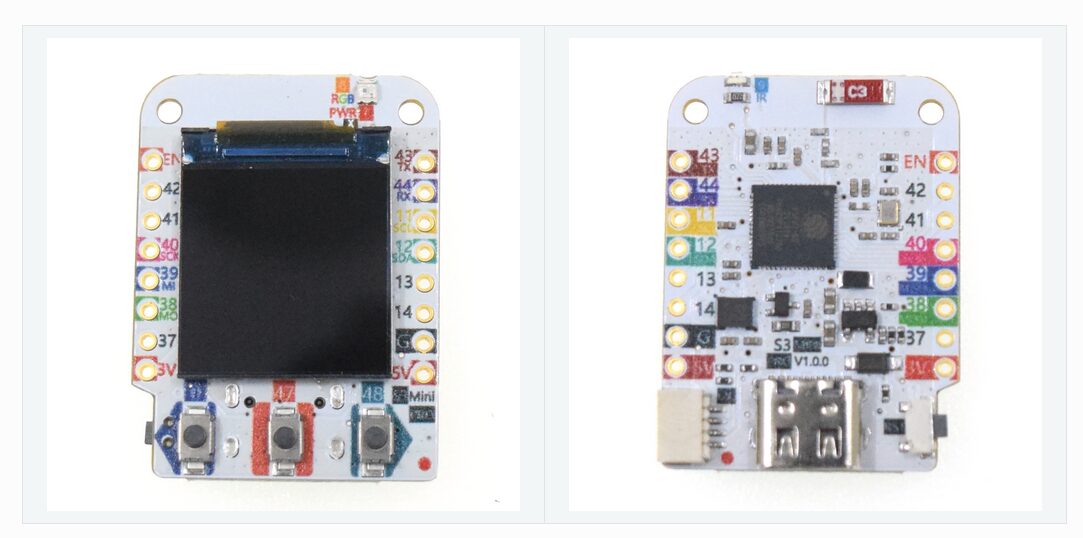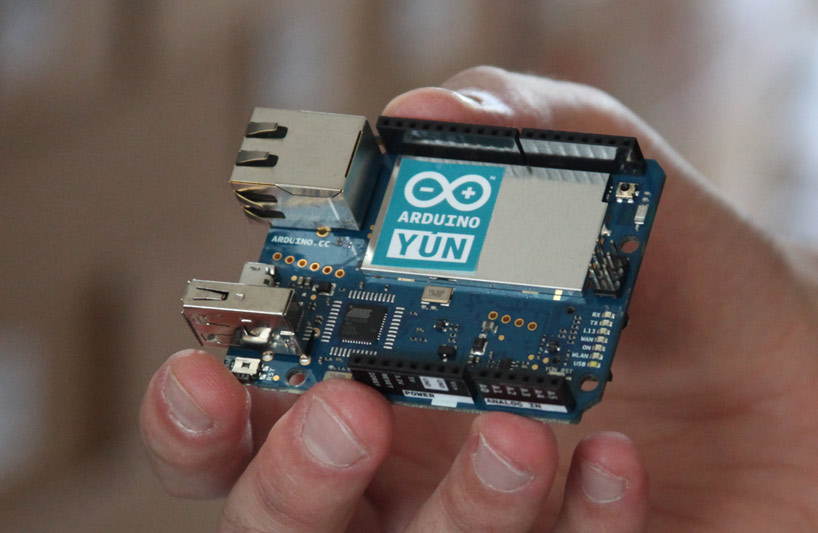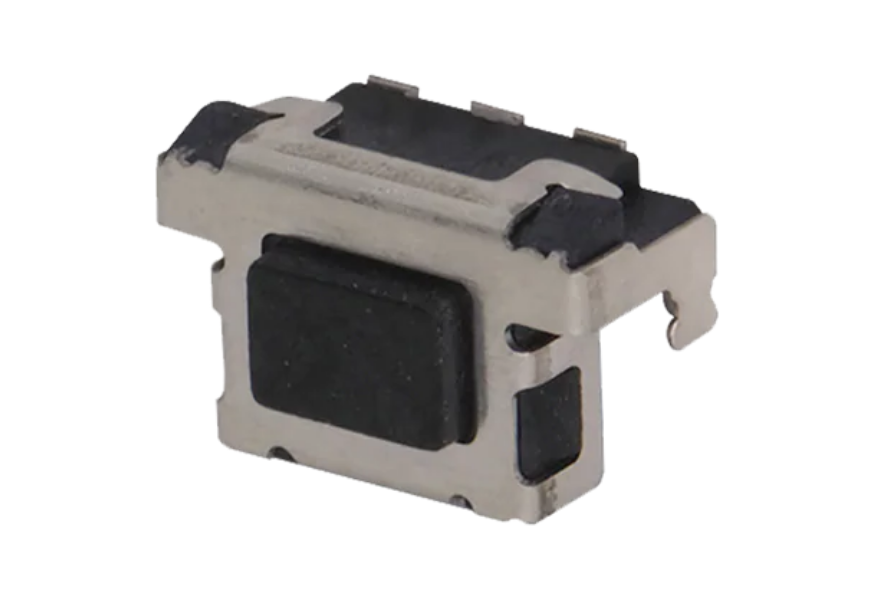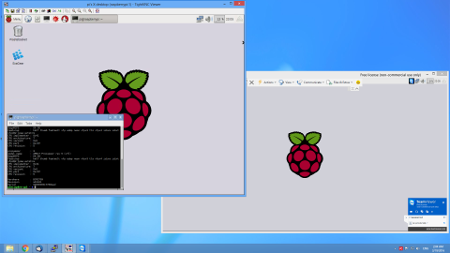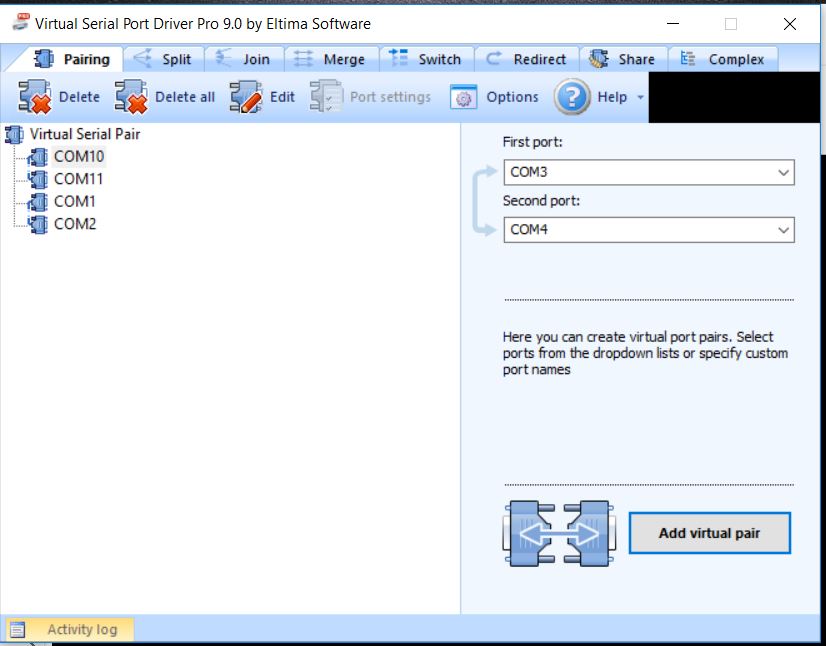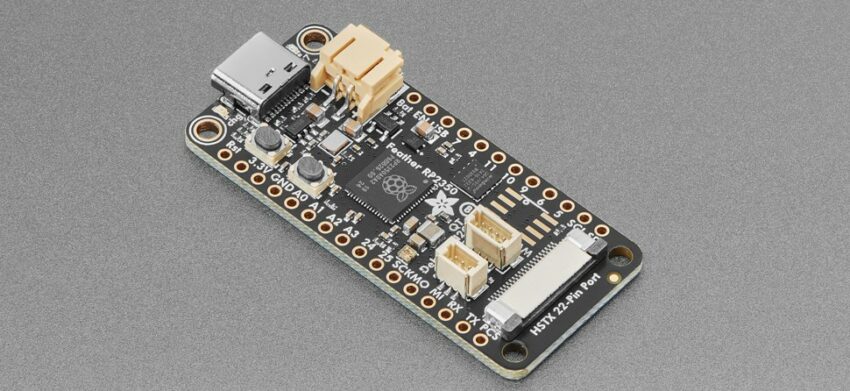
Adafruit Feather RP2350 Development Board with Raspberry Pi RP2350A MCU and 22-Pin HSTX Display Interface
Adafruit has launched the Feather RP2350, a development board powered by Raspberry Pi’s RP2350 chip. It features 8MB of flash, a 22-pin HSTX output port, and a Stemma QT connector for easy sensor integration, along with an optional PSRAM slot. Designed for both beginners and experienced developers, it supports MicroPython and CircuitPython. The board is also battery-powered and compatible with FeatherWings, offering flexibility for a wide range of projects.
The RP2350 is Raspberry Pi’s second microcontroller chip, featuring dual M33 cores clocked at 150 MHz, an upgrade from the dual M0 cores in the RP2040. It includes 520KB of SRAM, providing more memory for MicroPython, CircuitPython, and IoT projects that require larger buffer space. The RP2350 also offers hardware floating point support, 3 PIO blocks, TrustZone secure boot, and an HSTX peripheral for 4-lane differential data transmission, such as DVI output, without the need for overclocking or PIO.
Previously, we covered several RP2350-based development boards, including the RP2350 Stamp, RP2350 Stamp XL, SparkFun Pro Micro-RP2350, Raspberry Pi Pico 2, Motion 2350 Pro, and more. If you’re interested, feel free to check out these products.
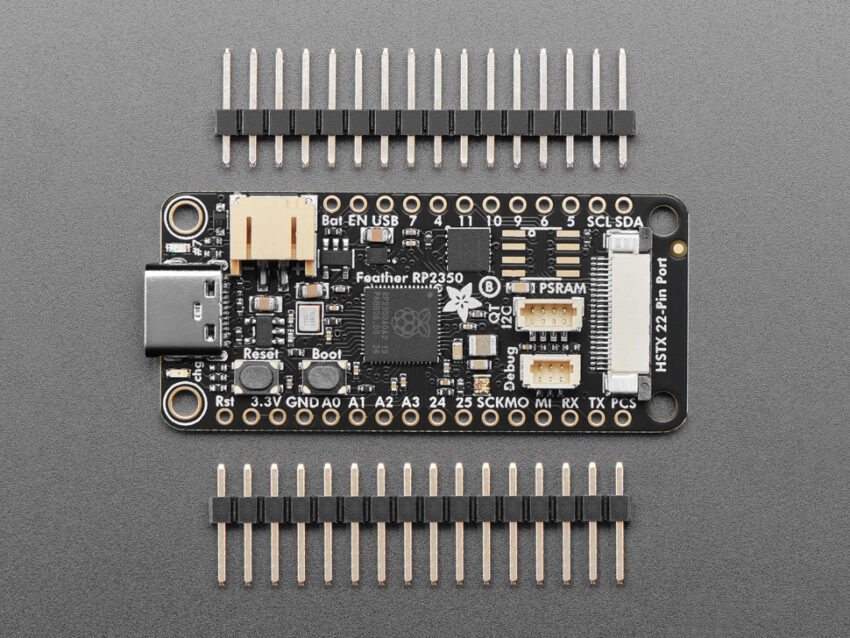
Adafruit Feather RP2350 specification:
- Microcontroller: Raspberry Pi RP2350A MCU with dual-core Arm Cortex-M33 @ 150MHz
- Memory:
- 520KB internal RAM
- 8MB onboard QSPI flash (shared between code and file storage)
- Optional spot for external PSRAM chip (SOIC, GPIO 8)
- Storage: 8KB OTP storage
- Memory:
- USB: 1x USB Type-C port for power and programming
- Display Interface: 22-pin HSTX port for high-speed data transmission (0.5mm FPC connector)
- I/O Interfaces:
- 29 GPIOs (21x on Feather headers, 8x on HSTX connector)
- 2x I2C
- 2x SPI
- 2x UART
- 4x 12-bit ADC
- 24x PWM
- Connectors:
- STEMMA QT/Qwiic I2C connector
- 3-pin JST SH connector for SWD debugging
- Miscellaneous:
- BOOT and RESET buttons
- CHG jumper for disabling the LiPoly battery charging circuit
- User LED (Red, Pin 7)
- Neopixel RGB LED
- Charging status LED
- Power Supply:
- 5V via USB Type-C
- 2-pin LiPo battery JST PH jack (200mA+ LiPo charger circuit)
- 3.3V regulator (500mA peak output)
- Form Factor: Adafruit Feather form factor (50.8 x 22.8 x 7 mm)
- Weight: 5 grams
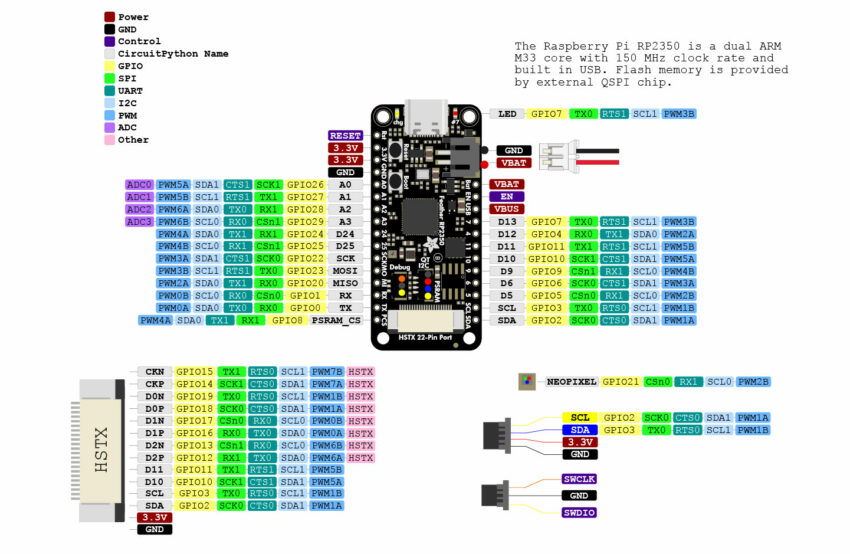
The RP2350 microcontroller is designed for versatility, supporting CircuitPython, MicroPython, and C/C++, with unofficial Arduino compatibility. It features a pre-installed USB UF2 bootloader for easy drag-and-drop firmware programming. Users can enter bootloader mode by holding the BOOTSEL button while connecting to USB or by pulling the RUN/Reset pin to the ground, which makes the device appear as a USB disk drive. This bootloader mechanism is familiar to users of Adafruit native-USB boards, simplifying the firmware update process.
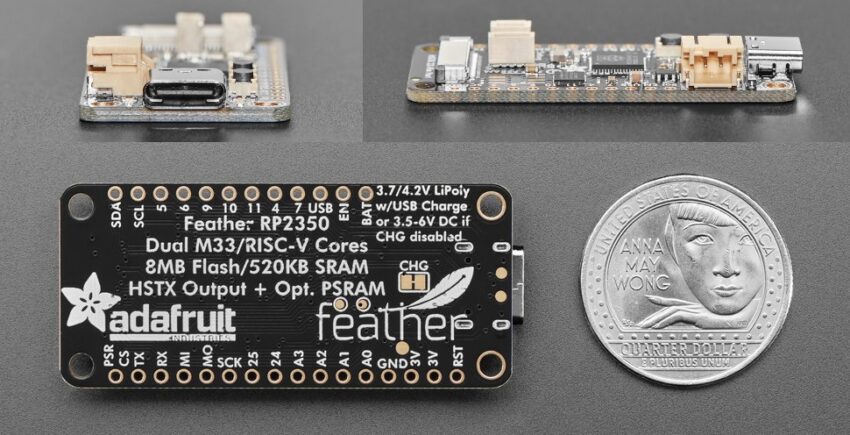
The RP2350 microcontroller offers ample onboard RAM but lacks built-in FLASH memory, relying instead on an external QSPI flash chip. This board includes 8 MB of FLASH memory, which is shared between the running program and file storage for MicroPython or CircuitPython. When programming in C/C++, users can utilize the entire flash memory. However, when using Python, approximately 7 MB remains available for code, files, images, fonts, and other resources.
The Adafruit Feather RP2350 with HSTX Port is available for $12.50 on Adafruit’s official store.





